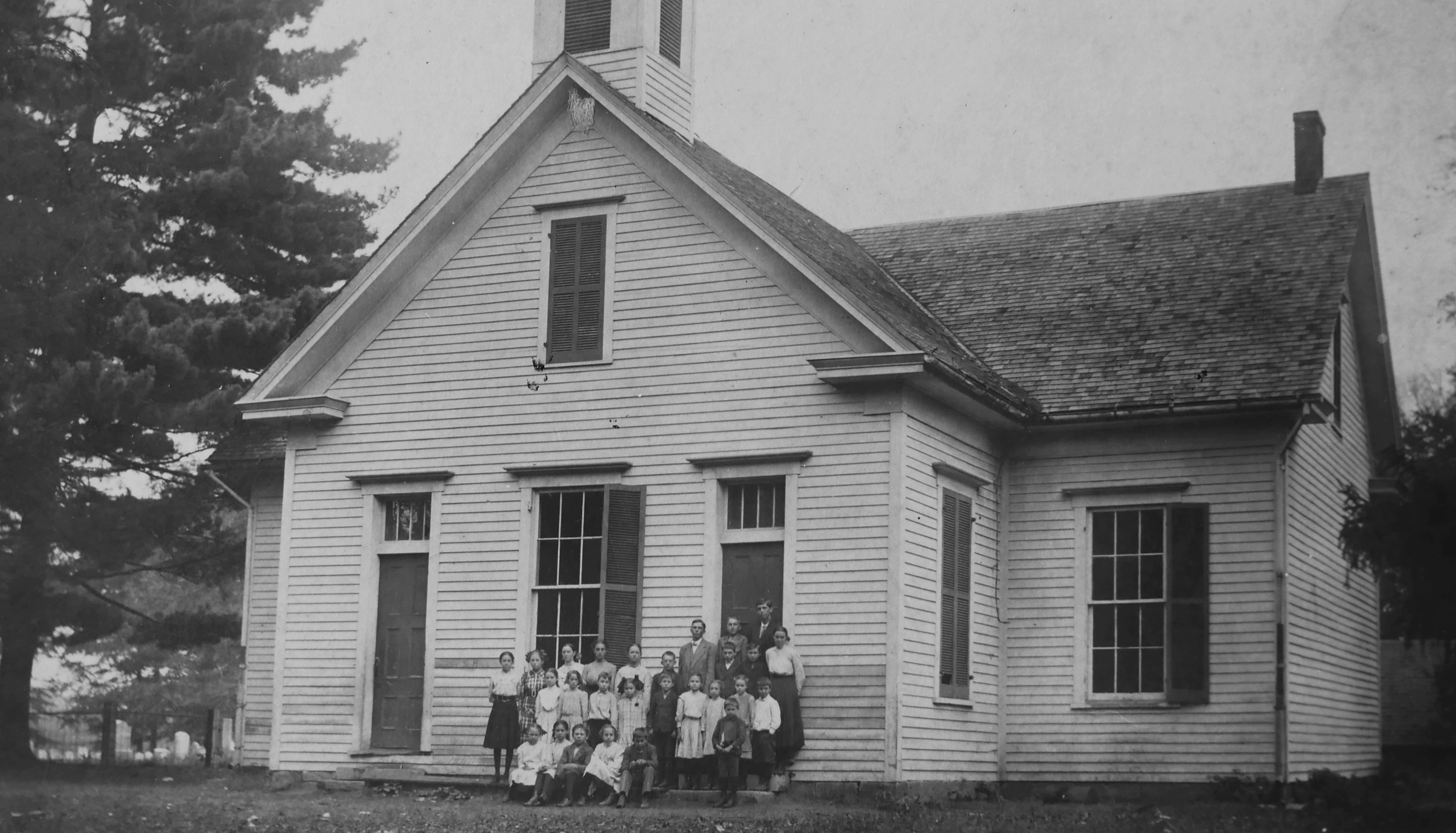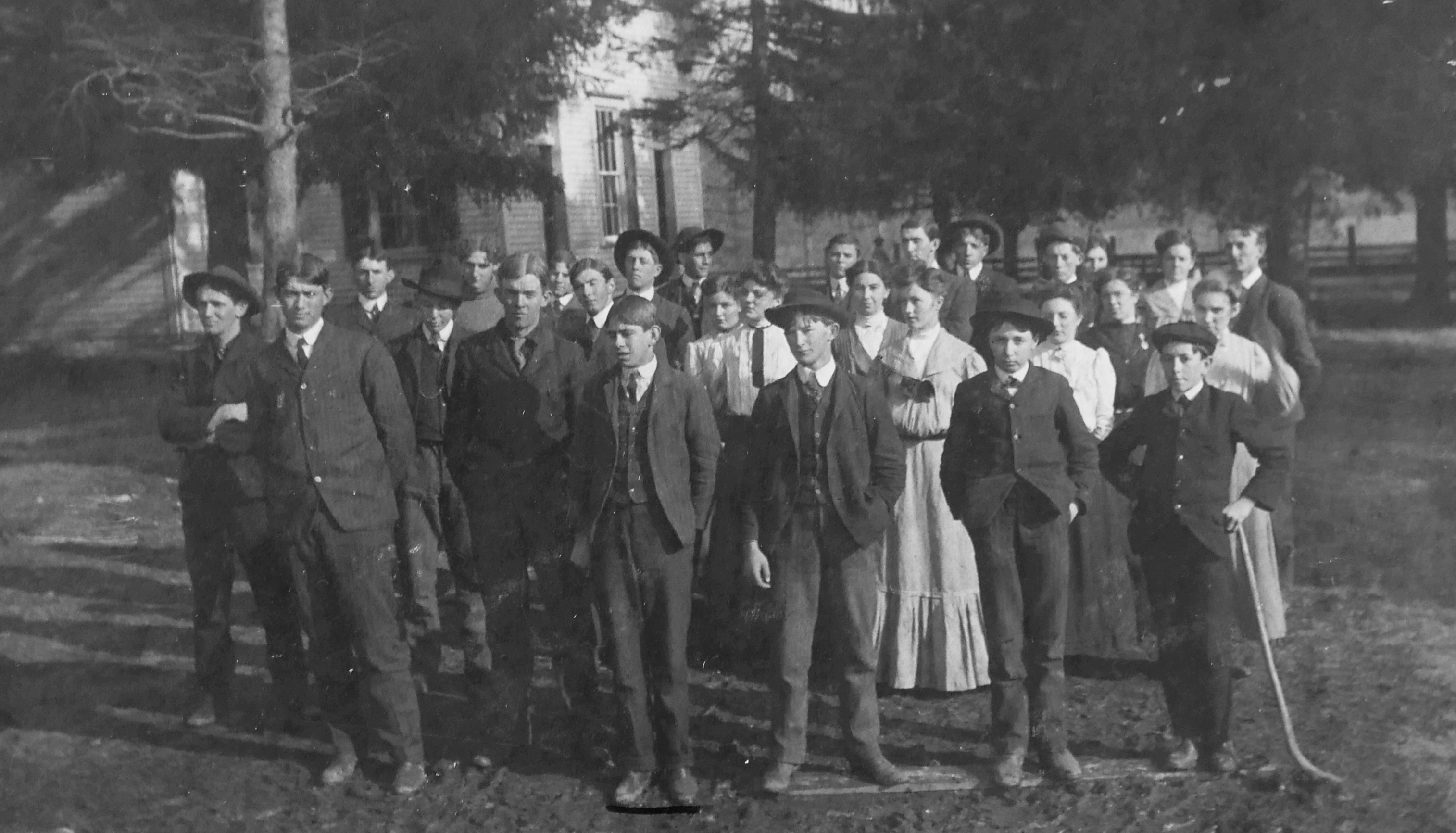Early Blue River Quakers and the Indians
Indian Communities in Washington County
When the first hunters, trappers and homeseekers ventured into this territory there were a number of Indian villages along the numerous streams, the remnants of tribes and nations that had been driven back from the east, who subsisted by hunting, fishing, the spontaneous productions of the earth, and some cultivation of the soil.
In the southwest part of the county there were some Shawnees, their village extended south to and across the Ohio River. Painkashaus were located north on the White River, while there were several villages of Delaware in the central and northeastern part of Washington County. A mile west of where Salem now stands, along the gentle slope just east of what was known as "Camp" spring, because of its being a favorite camping place for both indians and white emigrants, was a Delaware village headed by an Indian chief named Highland. This spring is located a few rods below the waterworks pumping station. The creek that courses down the valley here and empties into the Blue River, was named for this Indian Chief. Another chieftain was named "Old Ox", who ruled over several villages within the present bounds of the county, the principle one of which was located at a place known as "the Lick" about two miles east of salem on the north bank of the Blue River. His followers had a number of villages over in the northeast part of the county, where hunting and fishing were considered the very best. An occasional cleared spot of land near good springs up and down all the streams in the county showed where Indians had in days gone by pitched their teepees.
The Quaker's Christian Duty
The early Quakers deemed it a part of their Christian duty to look after the Indians. Ever since the Battle of Fallen Timbers in 1794 when the Indians lost enormous parcels of land in the Treaty of Greenville in 1795, Quakers began acting on their concerns for the needs of the Native Americans.
The Blue River Quakers established a special committee to look after the scattered bands of Indians who still were found in the surrounding area and members of this committee made frequent visits among the Indians to assist when possible in bettering their conditions and keep them on peaceful terms.
A meeting was held in the Blue River congregation on the sixth of January 1816, and at this meeting a standing committee was appointed to promote the civilization of the Indian Natives. The following were committee members for this endeavour. Joseph Steer, William Woods, Horton Howard, Emmor Bailey, Jonathan Taylor, Rowse Taylor, Isaac Parker, Danile Mickner, Lewis Walker, George Starbuck, Thomas Garretson, Enos Graves, John Dingee, William Heald, Samuel Woolman, Isaac Harvey, Caleb Harvey, David Brown, James Degg, John Townsend, George Sugarts, Walter Canada, Joseph Tonlinson and Richard Barrett.
Committee members were appointed to service either by cooperating with the committees of other meetings, or seperately in such a manner as may be proper for the assistance of the Indians.
Indians begin to leave the Area
It was probably about the time that Salem was laid out, 1814, that many of the Indians bade farewell to these hunting grounds, struck teepees and moved farther west where they would be free from the encroachment of the whites and find game more abundant.
The Historic Blue River Quaker Settlement was established in 1815

























